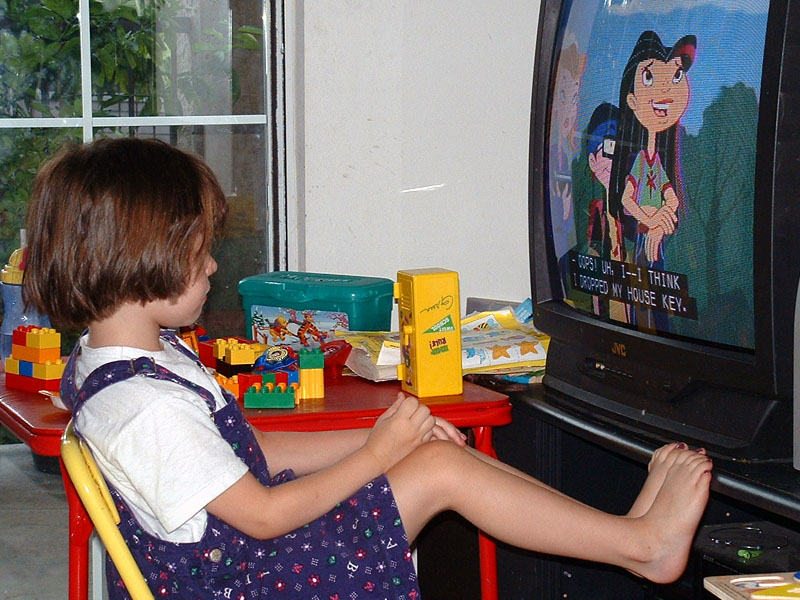What are the characters like in the ads seen by children under 9 years of age?
What are the characters like in the ads seen by children under 9 years of age?
They tend to be slim and young, with brown hair and fair skin, describes a study by Lluís Mas, a researcher with the Department of Communication, with the participation of researchers at the Ramon Llull and the International of Catalonia, published in Revista Mediterrània de Comunicació.
Television advertising plays a key role in representing models, values and roles. Children can internalize these representations and use them to construct their own identities, including their body image. A distorted body image can lead to significant physical and mental disorders as well as some health disorders (depression, anxiety, impaired sociability) and eating disorders.

Although previous studies on body image have focused on the weight that characters have in the construction of “ideal slim”, there are no studies that have dealt with television advertising consumed by children under 9 years of age. This was the starting point of a study published recently in Revista Mediterrània de Comunicació by Lluís Mas, a researcher with the Department of Communication at UPF, together with researchers Maddalena Fedele (Ramon Llull University) and Olatz Larrea (International University of Catalonia).
The primary goal of the work was to describe physical, intellectual and social patterns of the main and secondary characters of advertisements broadcast on Spanish television consumed by children aged 5 to 8. The work includes a critical review of the literature on body image and the representation of characters in fiction and advertising, and then presents a content analysis of 133 ads viewed by children from January to June 2015 in Spain. It describes the physical, intellectual and social characteristics of 427 of their characters. The variables analysed were: general features of the character (gender, age and social class), role, emotional status, personality, facial features, physical features, clothing, action, body message.
It concludes that in the spots analysed the child or young adult characters are slender, have brown hair and pale skin. These characters tend to be dressed informally and are in action, alone and happy. The main characters are different from the secondary ones as they appear in close-up or semi-close-up with prominent use of sound effects.
These results confirm the dominance of the physical, intellectual and social pattern of Western stereotypes and ideals, and reinforce the theory in this field of study, the authors add in their work. Following this preliminary qualitative research, the authors strongly recommend this type of studies on the internalization of ideals and self-objectivation when assessing the effects of the media on body image. The most immediate practical results of this study are the need to focus on critical and media literacy on the influence of television advertising in the construction of the body image by children between 5 and 8 years of age.
Reference work:
Lluís Mas, Maddalena Fedele, Olatz Larrea (2018), “Characters’ portrayal in the television ads consumed by 5-8 year-old children in Spain”, Revista Mediterrània de Comunicació, no. 20, pp. 233-246, 8 February.
